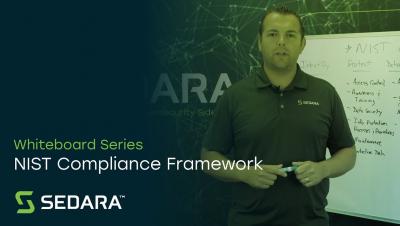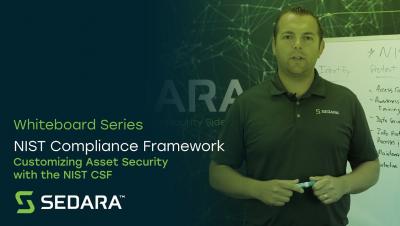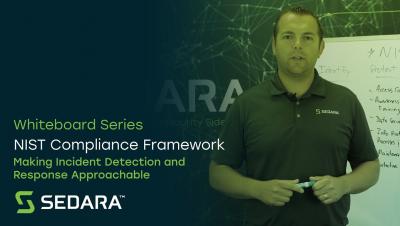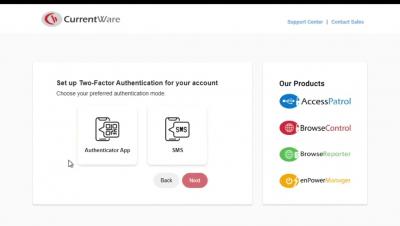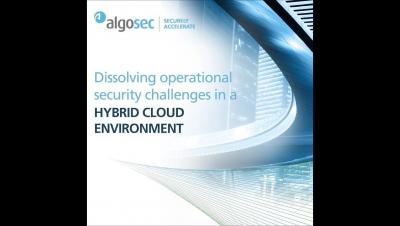Security | Threat Detection | Cyberattacks | DevSecOps | Compliance
How to
What Are the Four Main HIPAA Rules?
There are four main HIPAA rules: The Privacy Rule, Security Rule, Breach Notification Rule, and Omnibus Rule. If your organization is in the health tech space, and handles private health information, keeping it secure and abiding by these rules is paramount to the success of your business. Would you like to become audit ready in 12 weeks, rather than 12 months? Learn more about Kintent.
Human activated risk is real
Human activated risk is real for every organization Whether it’s introduced through coercion by bad actors, human error, or malicious intent, human activated risk is a problem that keeps getting worse. Organizations need intelligent technology that can stop the sophisticated phishing attacks that continue to evade native security defenses, as well as outbound email risk which is too often underestimated.
Trustwave and Microsoft Defender for Endpoint Integration
Trustwave Managed Detection and Response services integrate with Microsoft Defender for Endpoint to take containment, eradication, and recovery actions directly on the endpoint, delivering a streamlined experience for the end users. For further information on how to truly integrate your cyber defense team with industry-leading services and technologies, watch our overview of how Trustwave partners with Microsoft.
Configuring Application Hooks Within CloudCasa Demo
Learn how to set up application hooks to quiesce a Kubernetes database to get an application-consistent snapshot before doing a Kubernetes backup. Application hooks are pre- and post-scripts that can be invoked within a pod on your Kubernetes cluster for application-consistent backup and restore.
How to Enable Two-Factor Authentication (2FA) in the CurrentWare Suite | CurrentWare v7.0.1 Tutorial
This video will teach you how to set up two-factor authentication (2FA) in CurrentWare version 7.0.1. Two-factor authentication provides an extra layer of security if anyone other than you attempts to log in to your CurrentWare web console using your account.
Dissolving Operational Security Challenges in a Hybrid Cloud Environment
Professor Avishai Wool shares new insights on how to best manage hybrid cloud security operations.
Remediation Requests within RIsk Assessments Demo with Senior Product Manager, Chris Schubert
Hear from UpGuard's Senior Product Manager, Chris Schubert, as he introduces you to UpGuard's new Remediation Requests within Risk Assessments feature. You can now also send remediation requests from within risk assessments, enabling you to track the progress of each item under remediation and have a record of the remediation request embedded directly into the point-in-time risk assessment.


